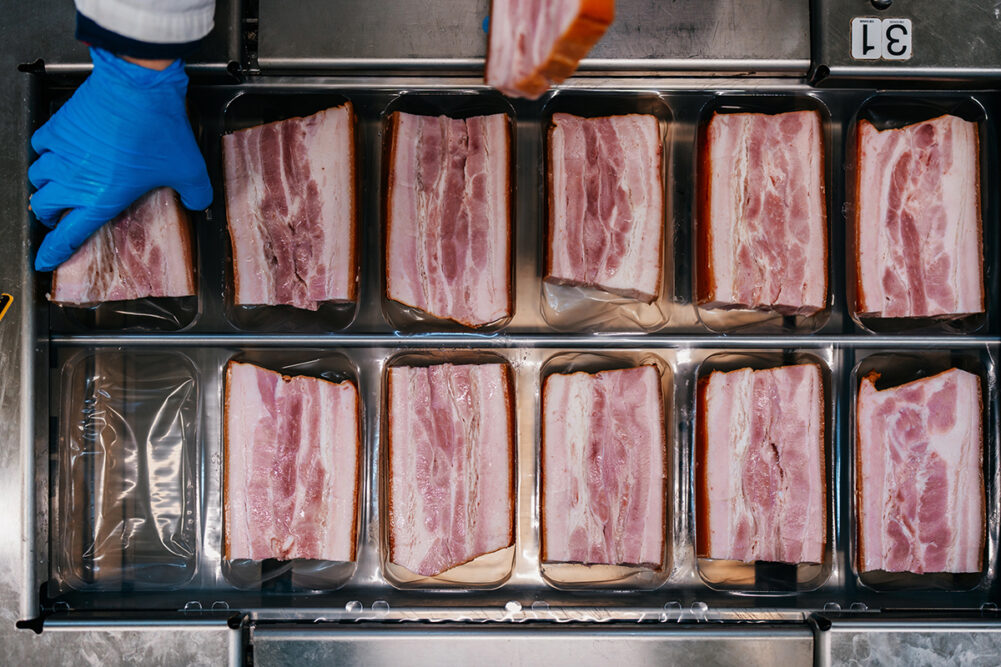DENVER — A recent report from CoBank’s Knowledge Exchange explained that US pork producers continue to face a demanding economic environment for their products, with that trend expected to continue for the rest of 2023.
The organization noted that hog prices rose during the summer of 2023 but cannot keep up with the elevated costs of feed, labor, construction and other expenses.
“Persistently high retail pork prices and a decline in food-at-home spending in the US are limiting domestic consumption growth,” CoBank said in the report.
Since 1990, US pork consumption has remained flat, averaging 50 lbs annually over the last decade. In that same time, chicken consumption almost doubled from 57 lbs in 1987 to 102 lbs in 2022.
“Ultimately, these challenges all fall on the shoulders of pork producers,” said Brian Earnest, lead animal protein economist for CoBank. “In addition to pressuring hog and pork supplies, the current market conditions are derailing hog producers’ expansion plans. And even if the cost structure warranted additional production, demand is a part of the puzzle that needs addressing.”
CoBank stated that about two-thirds of domestic pork winds up in processed items like bacon, sausage or as hams and continues to perform well domestically. However, meat case items like pork loins struggle to compete with boneless skinless meat or ground beef options.
“Outside of bacon, pizza toppings and breakfast-type items, pork is usually consumed at home,” CoBank stated. “And pork thrived during the pandemic-era lockdowns of 2020-2021, when food options were either take-out or at home cooking. But as food service has fully reopened in 2022-2023, moving retail case pork items has become more challenging.”
About 25% of US pork goes to export markets, which is the most of any US animal protein.
US pork exports also show an unclear global outlook, especially since China’s hog supplies have rebounded since the African swine fever (ASF) outbreak a few years ago. CoBank said that after China’s domestic herd was wiped out by ASF, US pork export tripled to the country in 2019 and doubled in 2020.
Since that change, Mexico emerged as a fundamental market, with 2.3 billion lbs being sent to the country in 2022. That was a record for a single country, accounting for 37% of all US pork exports.
Even with the development of the Mexican market, uncertainty remains for the pork market heading into the rest of 2023.
“Some of the challenges facing pork producers will linger for the foreseeable future,” Earnest said. “But longer term, if retail pork prices begin to return to a normal level it should help domestic demand recover. Also, the popularity of backyard barbecuing has encouraged consumption of some cuts of pork that have historically struggled, which has been helpful in an otherwise difficult situation.”

